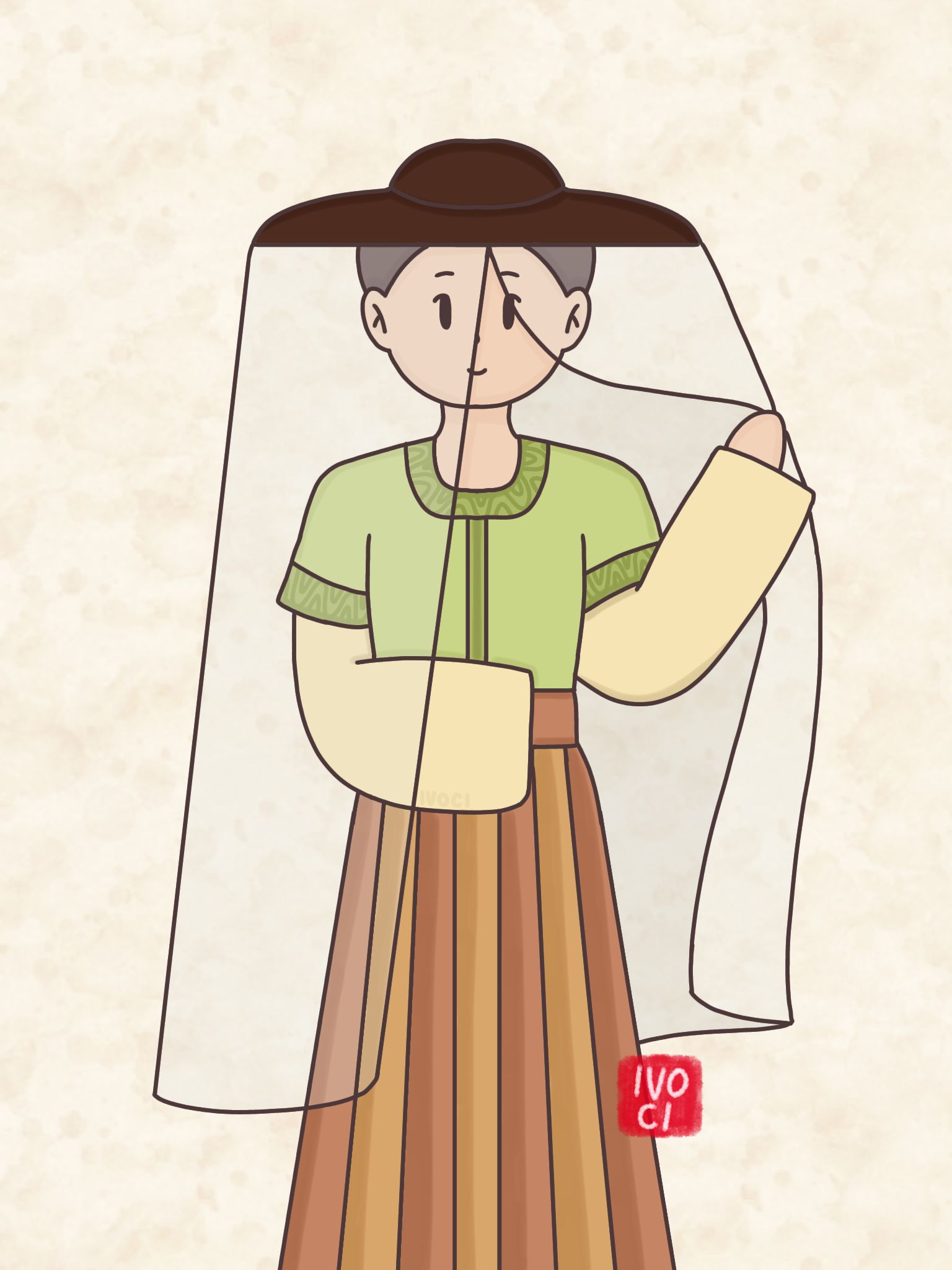Mili (Chinese: 羃䍦 ; pinyin: mì lí) is a unique ancient hat, mainly used to cover the face and body.
Mili was first recorded in the Jin dynasty and was worn by both men and women at the start of their popularity, but was mainly worn by women in the Sui and Tang dynasties and abandoned in the Tang dynasty.
At first, Mili had a practical function to protect themselves from the sun and sand, but gradually it became a ritual for women to cover their faces when going out.
In the early Tang dynasty, women had to wear a mili when going out, which was similar to a headscarf, used to cover their faces and prevent passersby from peeking.
However, one of Mili’s inconveniences is that rebels can disguise themselves easily when they want to escape from the authorities.
History
As a unique ancient hat, the Mili has survived nearly 500 years of history.
Written records first appeared in the Jin dynasty.
At the dawn of its popularity, both men and women could wear it.
Mi and Li first referred to two items, namely a scarf and a white hat.
It wasn’t until the Jin dynasty that the two characters Mi and Li were combined.
In ancient times, the northwestern region was vulnerable to sandstorms and strong sunlight, so men in the Tuyuhun region (吐谷浑) wore Mili to protect themselves from the hot sun and sandstorms.
By the Sui dynasty, Mili was popular among the upper class of Tuyuhun, but still mostly worn by men.
During this period, apart from Tuyuhun wearing Mili, ethnic minorities in the southwest and Han Chinese in the Central Plains also had the custom of wearing Mili.
Wearing the Mili was very popular from Northern Qi to the Tang dynasty. Not only was it an important part of the dress system of the Chinese imperial court, but traditional rituals also contributed to Mili.
In the Sui and Tang dynasties, Mili was mainly worn by women.
Mili can also be decorated with patterns or ornaments.
But after the Wu Zhou dynasty, women didn’t have to wear Mili.
With the consolidation of Wu Zetian’s political status and the rise of women’s self-awareness, and since then Mili has fallen out of popularity among women.
Meanwhile, women started wearing Weimao, which gradually became a trend.
The removal of the Mili from the Tang ritual system may reflect the increased social status of women in the Tang dynasty during this period.
Characteristics
Based on the literature and analysis of physical data, Mili has four characteristics:
1. Hats and scarves are soft and light two parts of synthesis.
2. Large areas, from top to bottom through the body, can cover the face and most of the body.
3. See-through, riding a horse can see in front of a clear view and can be opened by hand.
4. Can be decorated with patterns or ornaments.


Leave a Reply